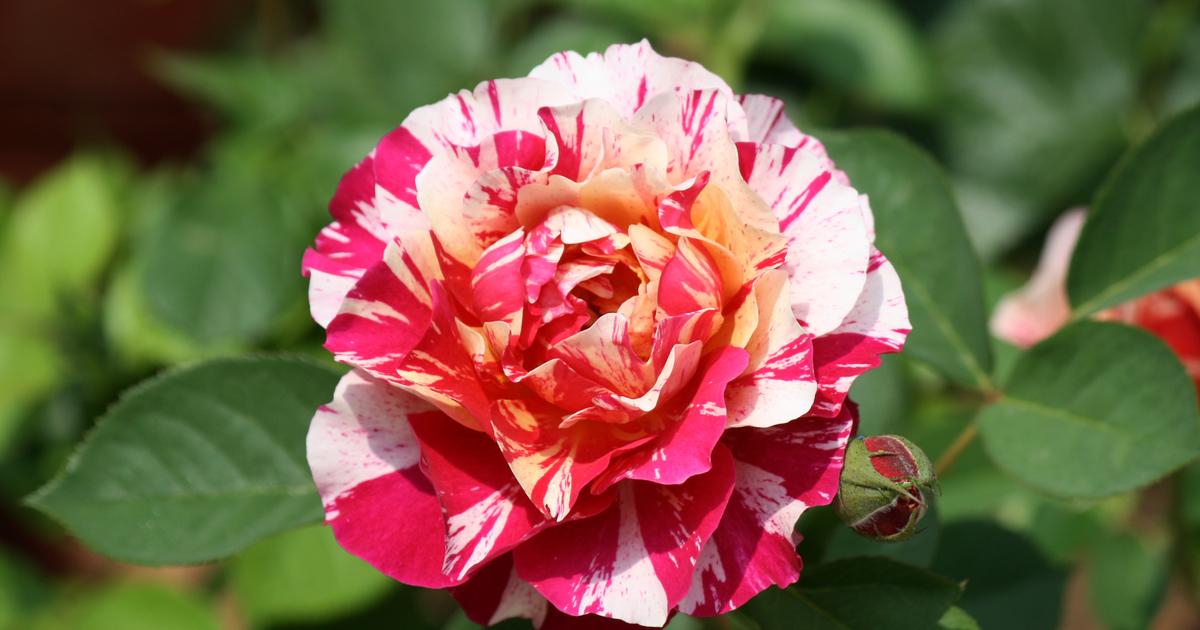F1 seed, caseille, mangave….
These funny terms all refer to hybrid plants.
Learn the different types of hybridization and how to make hybrid flowers.
Hybridization, a well-thought-out crossing
First, a short botany lesson: in the flower are the sexual organs of plants, the stamens for the male part, the pistil for the female part.
For reproduction (or pollination) to occur, the pollen produced by the anthers of the stamens must be deposited on the pistil.
Depending on the species, the plant can be fertilized by its own pollen [self-fertilization, or by other plants (cross-pollination)].
In this case, the wind or insects ensure the transport of pollen from flower to flower.
It is also at this stage that man intervenes in the event of hybridization: he forces reproduction by directly affixing the pollen to the pistil of the flower.
Once the operation is completed, the flower transforms into fruit.
The seed generated will then produce a hybrid plant, which combines the characteristics of its two parents.
The different types of hybridization
Hybridization is a natural phenomenon: squash willingly mix their genes.
Human intervention has consisted of improving hybrids so that the plants are more floriferous, productive or efficient.
Carrots, initially white, thus come from the hybridization of Dutch horticulturists of the Renaissance who wanted orange plants in honor of the House of Orange-Nassau...
F1 hybrids, widely used in the vegetable garden, thus correspond to homogeneous hybrid varieties, but over a single generation.
At the next time, the plants risk losing their characteristics and are less vigorous.
There are also more perennial hybridizations.
They can be carried out between identical plants (apple tree, rose bush) to obtain new varieties.
Crossing also takes place between species, as with caseille (crossing blackcurrant and Ribes
gooseberry
) or pluot.
It mixes the characteristics of plum (Plum in English) and apricot, which belong to the genus
Prunus
.
Even more technical are the crossings between genres: mangave is a mix between manfreda and agave.
How to make hybrid flowers?
To hybridize a flower, first opt for so-called “fixed” varieties, plants whose hybridization is stable over time.
Select flowers that bloom at the same time, and operate in the morning
With tweezers, grasp the stamens of the 1st flower
With a brush, collect the pollen from the stamens
Apply the brush to the pistil of the 2nd flower
Avoid further pollination by surrounding the pollinated flower with a sachet
Wait for seed creation
Sow them and wait for the result
Be careful, obtaining a stable hybrid or “fixed” variety requires real technical skill.
If you are not a horticulturist or breeder, be patient when hybridizing a flower and accept what nature will give you: maybe you will be lucky!

